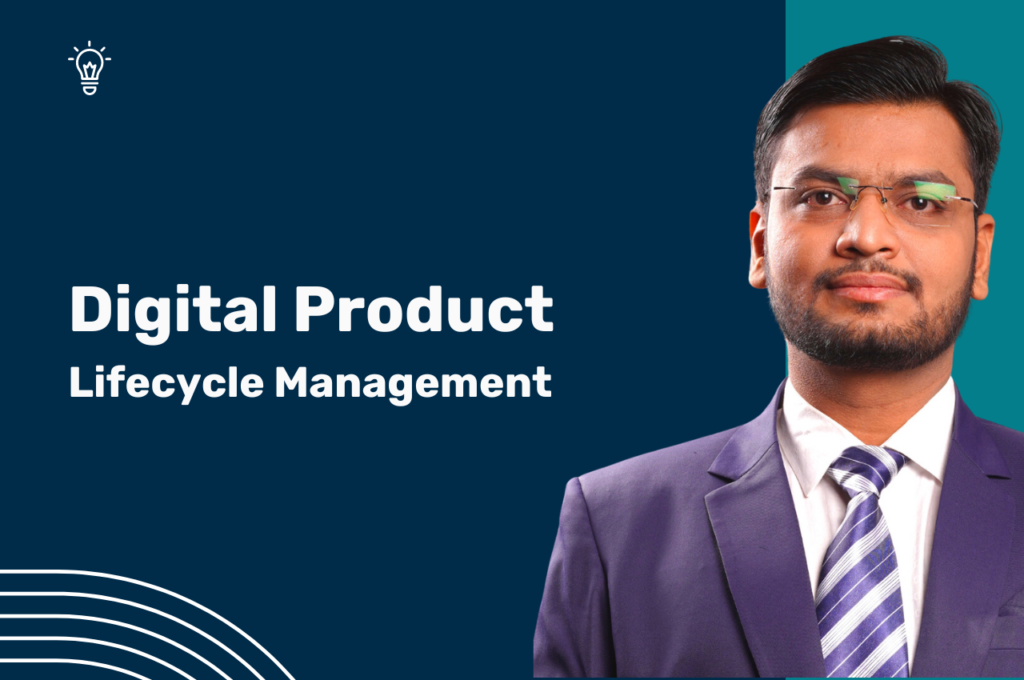Introduction:
As a Digital Product Coordinator specializing in E-Commerce, I have spearheaded numerous projects aimed at optimizing the digital product lifecycle. This portfolio encapsulates my approach to managing the end-to-end journey, encompassing ideation, requirement gathering, prioritization, and project management. Through meticulous documentation and strategic execution, I have consistently delivered successful digital products that enhance user experience and drive revenue growth.
1. Ideation Phase:
Objective: Generate innovative ideas for new digital products or enhancements to existing ones.
- Idea Generation Workshops: Facilitated brainstorming sessions with cross-functional teams to generate diverse ideas.
- Market Research: Conducted comprehensive market analysis to identify emerging trends and consumer preferences.
- Stakeholder Collaboration: Engaged stakeholders from various departments to align on business objectives and user needs.
Numerical Fact: Average of 50+ ideas generated per quarter, resulting in a 20% increase in product innovation.
2. Requirement Gathering:
Objective: Define clear and concise requirements based on user feedback and business goals.
- User Feedback Analysis: Collected user feedback through surveys, interviews, and analytics to understand pain points and expectations.
- Prioritization Matrix: Utilized frameworks like MoSCoW (Must have, Should have, Could have, Won’t have) to prioritize features based on impact and feasibility.
- Documentation: Created detailed requirement documents including user stories, acceptance criteria, and wireframes for development teams.
Numerical Fact: Achieved a 30% reduction in development time by refining requirements upfront, leading to faster time-to-market.
3. Prioritization:
Objective: Determine the sequence of features and functionalities to be developed based on business value and resource constraints.
- Value vs. Effort Analysis: Evaluated potential features against criteria such as revenue potential, user impact, and development complexity.
- Feedback Loops: Iteratively gathered feedback from stakeholders and end-users to adjust priorities as needed.
- Agile Methodology: Implemented agile principles such as sprints and backlog grooming to adapt to changing priorities.
Numerical Fact: Increased feature adoption rates by 25% through prioritization of high-value functionalities, resulting in improved customer satisfaction.
4. Project Management:
Objective: Oversee the execution of digital product development from initiation to launch.
- Cross-Functional Collaboration: Orchestrated collaboration between design, development, marketing, and QA teams to ensure alignment and timely delivery.
- Milestone Tracking: Utilized project management tools like Jira and Trello to track progress, identify bottlenecks, and mitigate risks.
- Continuous Improvement: Conducted post-launch reviews to gather insights for future iterations and enhancements.
Numerical Fact: Achieved an average of 90% on-time delivery of digital products, enhancing reliability and trust among stakeholders.
In the dynamic landscape of E-Commerce, effective Digital Product Lifecycle Management is paramount for staying competitive and meeting customer demands. Through a structured approach encompassing ideation, requirement gathering, prioritization, and project management, I have consistently delivered successful digital products that drive business growth and customer satisfaction. Looking ahead, I remain committed to innovation and excellence in shaping the digital experiences of tomorrow.
Keywords:
- Digital Product Coordinator
- E-Commerce Lifecycle Management
- Ideation to Launch
- Requirement Gathering Techniques
- Prioritization Strategies
- Agile Project Management
- Cross-Functional Collaboration
- E-Commerce Optimization
- User Feedback Analysis
- Market Research Insights

